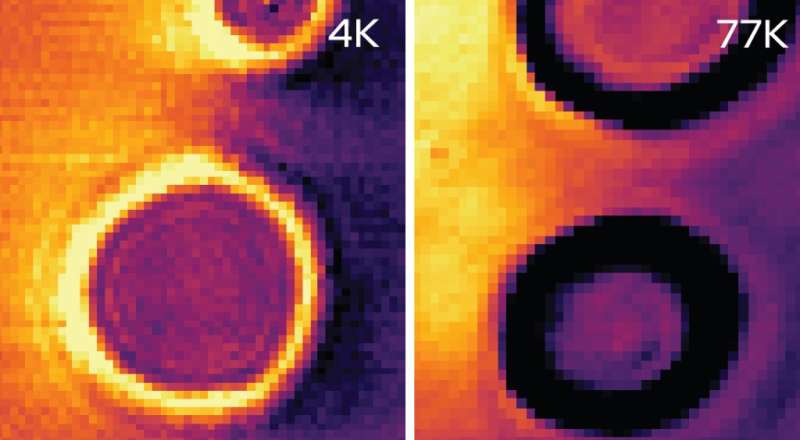Phys.org February 16, 2023
Electron flow in conductors becomes viscous when electron-electron collisions dominate over collisions with defects and other sources of resistance. An international team of researchers (USA – University of Wisconsin, Japan) investigated such behavior by using scanning tunneling potentiometry to probe the nanometer-scale flow of electron fluids in graphene as they pass through channels defined by smooth and tunable in-plane p-n junction barriers. They observed that as the sample temperature and channel widths were increased, the electron fluid flow underwent a Knudsen-to-Gurzhi transition from the ballistic to the viscous regime characterized by a channel conductance that exceeded the ballistic limit, as well as suppressed charge accumulation against the barriers. Their results were well modeled by finite element simulations of two-dimensional viscous current flow, and they illustrated how Fermi liquid flow evolves with carrier density, channel width, and temperature… read more. TECHNICAL ARTICLE

A heatmap of electron location in graphene shows that at the lower temperature… Credit: University of Wisconsin-Madison